October 21, 2016
The White Cat and the Monk, by Jo Ellen Bogart and Sydney Smith
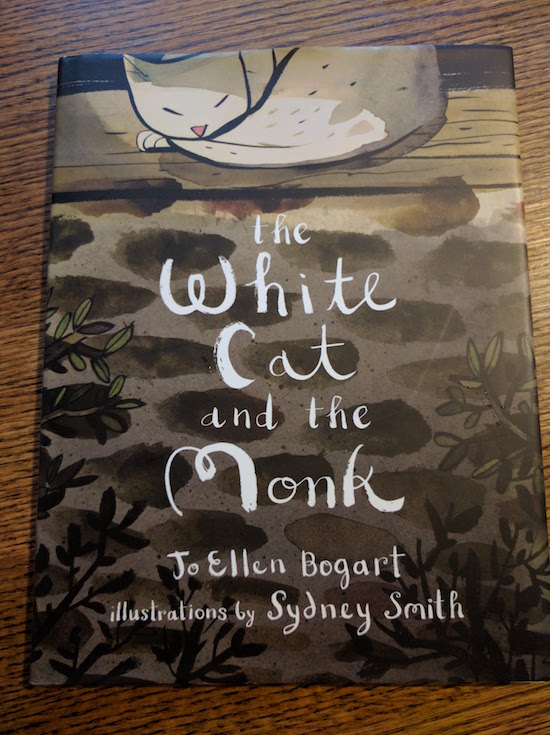
Of the many ways in which picture books are superior to all other literary forms is that it’s implicit that the book is going to be read at least one hundred times. You don’t even have to try, it just happens. “Read this one,” says a little voice as little hands force the volume into yours. Again. There are the books on the shelf that get picked up all the time, and even those which aren’t as regularly selected turn up often as a kind of diversion.
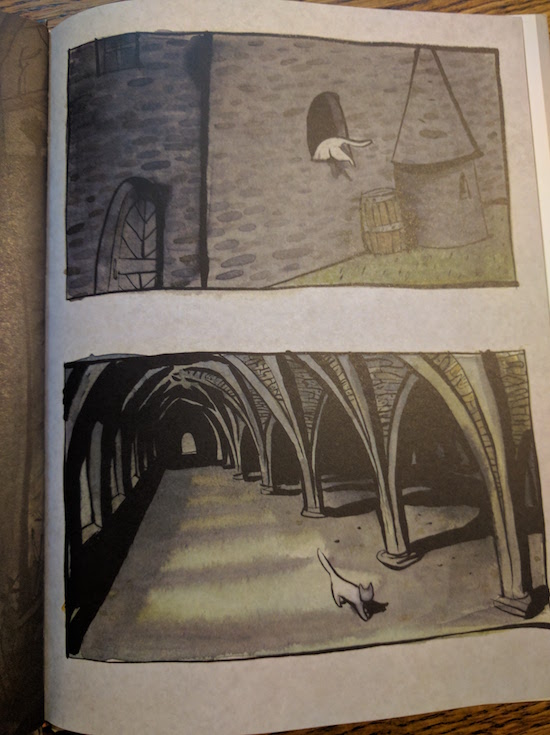
The White Cat and the Monk, by Jo Ellen Bogart, illustrated by Sydney Smith, came out in the spring, and we’ve been finding our way deeper and deeper into it with every read. It’s effect is subtle, at first. It’s a simple story based on a poem written more than 1000 years ago by an Irish monk whose name was never recorded. As Jo Ellen Bogart explains in her Author’s Note, the poem, called “Pangur Ban,” has been translated many times throughout the ages, and the words she’s selected for this incarnation are inspired by a number of these.
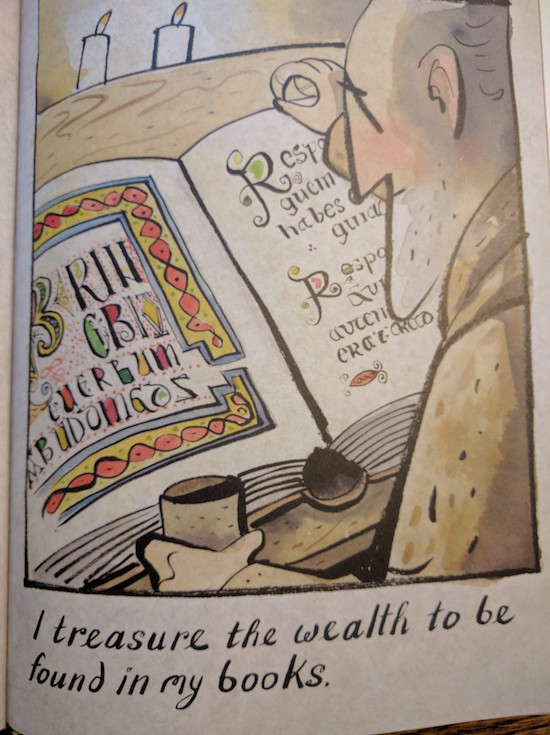
The story is about a monk who spends his days and nights seeking wisdom in the pages of his books, and who identifies with a white cat that has made itself his companion. Quietly, the two together go about their own particular trades, the cat pursuing its mouse and the monk pursuing knowledge.
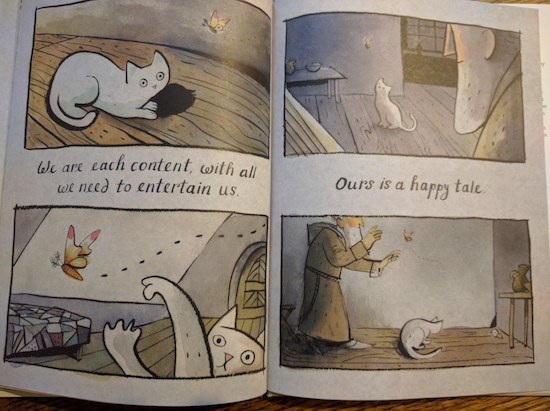
I don’t completely understand the story—that’s why I like reading it so much, getting a better sense of it every time. Is the scholar like a hunter? Is knowledge like prey? And what of the poor mouse? Not such a happy tale for him. It’s a book that raises questions—not surprising for a story based on an anonymous text. And that’s the very point, I think, the reader’s experience analogous with the scholar’s and even the cat’s.
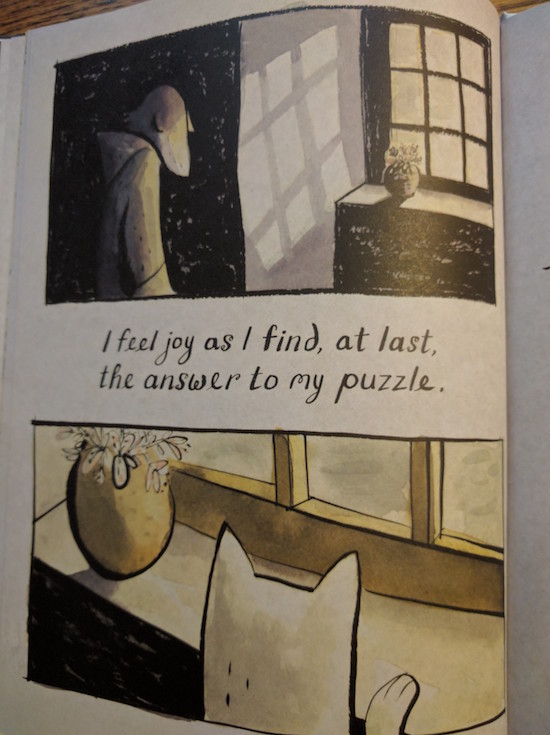
Notions of predator and prey are complicated by an additional layer of meaning offered through Sydney Smith’s gorgeous illustrations with the appearance of a butterfly in the room. The cat swats at it, watching it…and the monk opens the window to set the creature free in the story’s final spread and beautiful last line of text.
And I’m still not sure what the butterfly means, but I trust that in another hundred reads I’ll probably have a good idea.
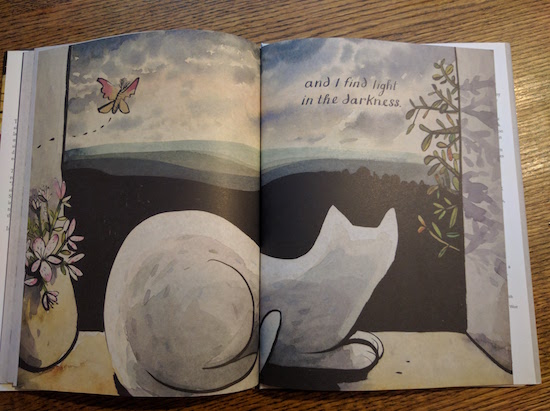






I love this story too sooooo much. Sometimes I sit and read it to myself but I’m glad the girls like it too. Speaking of stories being read over and over again: I’m pretty sure Oonagh is trying to have me memorize the entire Brambly Hedge collection this fall. We read at least two every day.